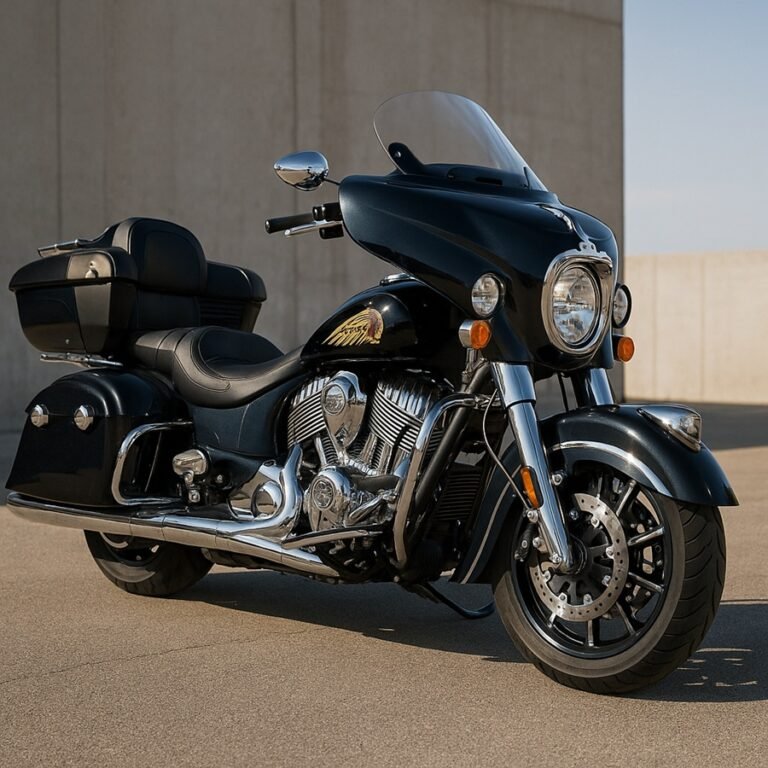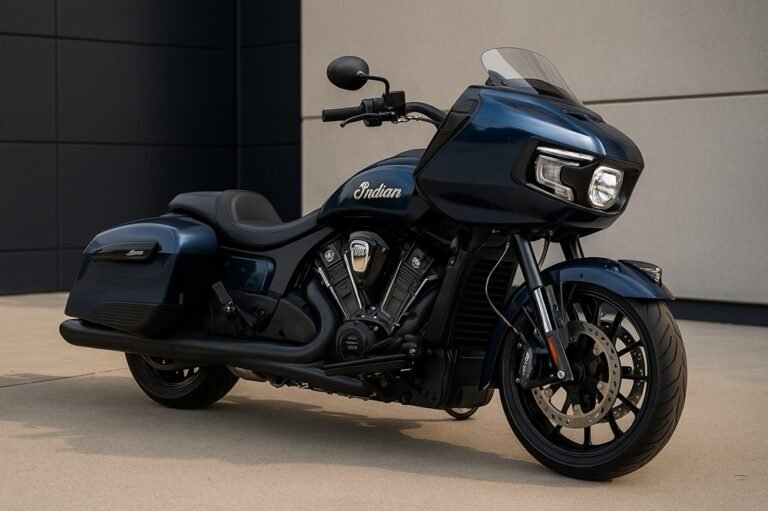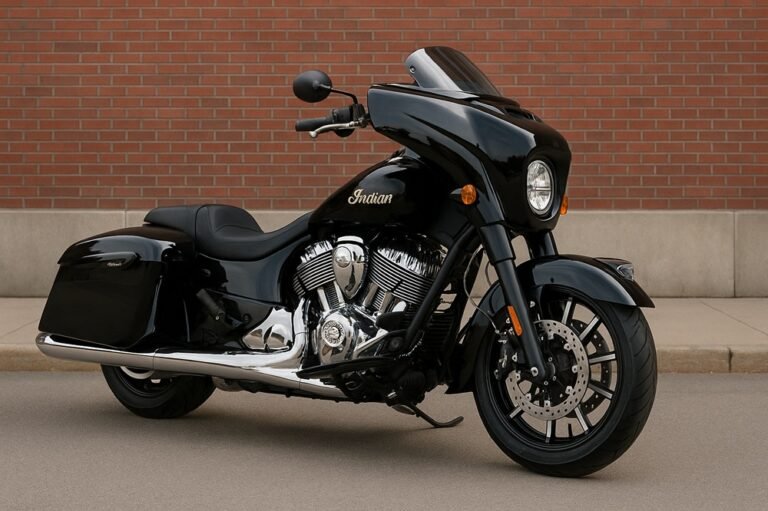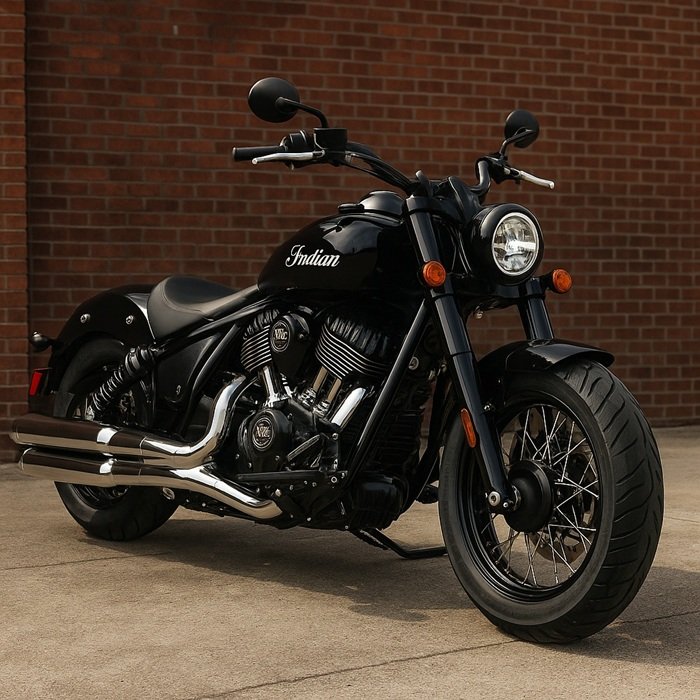
2025 Tata Harrier EV in an Open Landscape
Tata Harrier EV 2025 : Tata’s most ambitious electric SUV blends power, futuristic styling, and sustainability, setting a new benchmark in India’s growing EV space.
As India accelerates toward electrification, Tata Motors is poised to lead the charge with its highly anticipated Tata Harrier EV 2025. Built on the legacy of the popular Harrier SUV, the electric version transforms the traditional ICE-powered beast into a high-tech, sustainable mobility solution for the future.
Unveiled initially as a concept and now close to production-ready, the Harrier EV 2025 maintains the commanding road presence of the original model but with futuristic updates that hint at its zero-emission nature. From design enhancements to a reworked platform and cutting-edge technology, Tata’s EV lineup is evolving rapidly—and the Harrier EV is a bold step forward.
Design and Styling
The Harrier EV’s exterior adopts Tata’s latest “EV Design Language.” It retains the muscular stance and coupe-like proportions of the original but introduces aerodynamically optimized lines, a closed-off grille, and redesigned LED DRLs that run the width of the front fascia. The SUV now looks sharper, cleaner, and more futuristic. The alloy wheels are turbine-style and designed for minimal drag, while the rear features a full-width LED light bar and an illuminated Tata logo.
In terms of color options, Tata is expected to offer EV-exclusive finishes such as Arctic White, Midnight Blue, and a futuristic matte silver, helping the model stand apart from its ICE siblings.
Interior and Features
Inside, the Tata Harrier EV gets a complete makeover. It is luxurious, tech-rich, and focused on sustainability. Expect the cabin to feature vegan leather upholstery, a panoramic sunroof, a large floating touchscreen infotainment system (likely 12.3 inches), and a fully digital instrument cluster.
The gear selector is replaced by a rotary drive mode dial, and the dashboard is streamlined for a clutter-free look. Premium materials, ambient lighting, and spacious second-row seating make it one of the most sophisticated cabins Tata has ever built.
Some tech highlights expected in the production version include:
-
Advanced Driver Assistance Systems (ADAS) Level 2
-
360-degree camera
-
Connected car tech with over-the-air (OTA) updates
-
Voice commands, wireless Apple CarPlay & Android Auto
-
Multiple drive modes and terrain response settings
Platform and Performance
The Tata Harrier EV 2025 is based on the Gen 2 EV architecture, which is a heavily modified version of the OMEGA platform, designed to accommodate larger battery packs and dual motor setups. It’s expected to support both front-wheel drive and all-wheel drive configurations.
Performance specs haven’t been officially revealed, but estimates suggest:
-
Dual motor AWD setup
-
Battery pack of 60-70 kWh
-
Power output of ~200-250 bhp
-
0–100 km/h in under 9 seconds
-
Range of 450–500 km (ARAI-certified)
The Harrier EV will also support fast charging, potentially offering 10–80% charge in under 40 minutes using a 100 kW DC fast charger.
Safety and Build Quality
Tata Motors has been at the forefront of automotive safety in India, and the Harrier EV is no exception. Expected to be equipped with six airbags, electronic stability control, traction control, hill-hold assist, and ADAS features like lane-keeping assist and emergency braking, the vehicle promises top-tier safety credentials. A 5-star crash test rating is anticipated once tested under Bharat NCAP or GNCAP.
Competition and Market Positioning
The Tata Harrier EV is poised to compete with the Mahindra XUV.e8, Hyundai Ioniq 5, and MG ZS EV (2025 facelift). While international competitors may offer more advanced specs, Tata aims to strike a balance between affordability, range, and localization, giving it a competitive edge in the Indian market.
What gives Tata Motors a significant advantage is its rapidly growing EV ecosystem—spanning charging infrastructure (through Tata Power), financing (Tata Capital), and public fleet deployments. Combined, these efforts create an ecosystem around products like the Harrier EV, which is crucial for EV adoption in India.
Conclusion
The Tata Harrier EV 2025 is more than just an electrified version of a best-seller—it’s a statement. It brings together design, technology, performance, and sustainability, all in a premium SUV package tailored for India’s future mobility landscape. For buyers looking to upgrade to a larger electric vehicle without compromising on features, comfort, or range, the Harrier EV stands out as a strong contender.
Expected Price in India:
The Tata Harrier EV 2025 is expected to be priced between Rs 27 lakh To Rs 32 lakh (ex-showroom), depending on the variant and features. On-road pricing will vary by location and tax incentives.
Last Updated on 5 June 2025.
See more: Tata Safari EV 2026: Tata’s Flagship Electric SUV Set to Redefine Premium Mobility .





